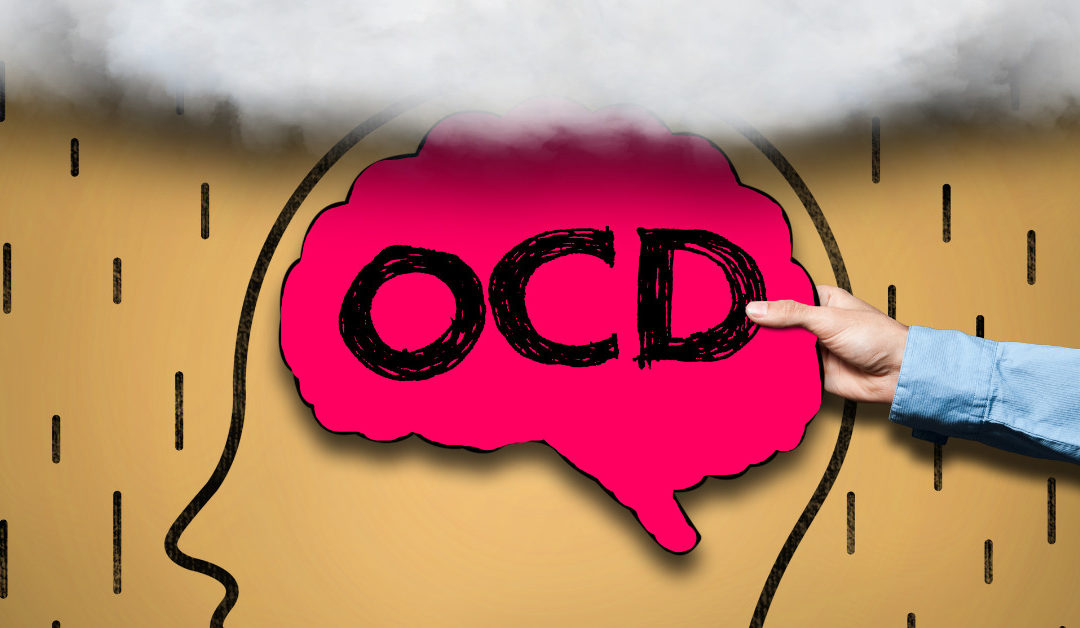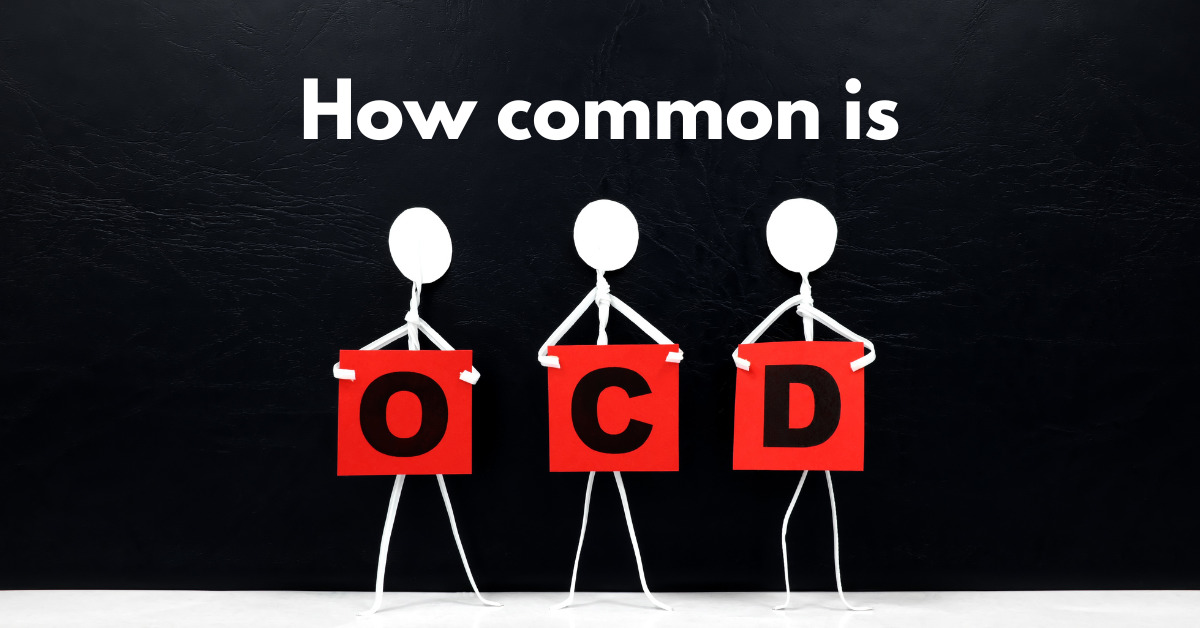What is OCD?
Obsessive-Compulsive Disorder (OCD) is a long-lasting disorder and linked to mental health. People with OCD have behaviors (compulsions) that are uncontrollable and/or reoccurring thoughts (obsessive). OCD is a neuropsychiatric disorder categorized by obsessive-compulsive behaviors. Some of these behaviors or mental acts might include fear of harm to others or self, cleaning, contamination, counting, symmetry, ordering, or checking. Therefore, the diagnostic criteria according to American Psychiatric Association & American Psychiatric Publishing, for OCD are broken into two parts:
- Obsessions are unwanted, persistent, and recurrent thoughts that are experienced, causing distress and anxiety. Thoughts and urges are sometimes attempted to suppress or ignored by some other thought or action.
- Compulsions are defined as repetitive behavior that is performed by rigidly set rules or in response to an obsession. By performing an obsession, mental acts or behaviors are meant to prevent and reduce anxiety, and distress or in some cases prevent feared events from happening. However, this is not true as they do not prevent or neutralize an event but are only excessive. Compulsions or obsessions are both very time-consuming causing interference or impairment with one’s normal routine, social activities, relationships, and occupation function.
How common is OCD?
The frequency of OCD in the adult population in 12 months is estimated at 1.9%. Late adolescence or adulthood is the main time for presenting symptoms. However, symptoms in children are commonly originated. Male children are more commonly affected. However, in adulthood, females have a slightly higher rate of OCD. OCD onset is normally detected at an earlier age in Males. The cleaning dimension is more likely in females and forbidden thoughts are more likely in males.
How is OCD diagnosed?
The main reason that OCD goes undiagnosed is the feeling of shame, embarrassment, and consequent secrecy associated with someone suffering from OCD symptoms. Therefore, the person dealing with these symptoms can become chronic and damaging if undiagnosed, resulting in social disability. OCD cannot be diagnosed by one single test but by a person describing their behaviors, feeling, and thoughts to a medical health professional, they can make a diagnosis based on what they are told and the severity of their behaviors or mental acts. Obsessions and compulsions must take more than 1 hour per day or cause clinically major impairment or distress to permit an OCD diagnosis. These criteria will distinguish OCD compared to the common behavior of the general population. Different diagnoses of OCD could include major depressive disorders, non-pathological obsessions, and other anxiety-related disorders. However, people who have OCD can often hide their symptoms from family and friends. OCD happens everywhere in the world. Therefore, culture-related diagnostic issues do vary, however, comorbidity, age-onset and gender are all similar across cultures with OCD.
How to deal with OCD in the workplace?
Within the workplace, you will generally interact with colleagues and customers from a variety of diverse backgrounds with different health needs and conditions. As part of your day-to-day work life, you may encounter individuals with mental health conditions. It’s important when approaching this that you allow time and patience as some simple tasks may take slightly longer for others. Every workplace should have mental health awareness sessions which will help employees with strategies to raise awareness in regards to the different mental health issues. If an employee is struggling with mental health issues, there should be a support network within the workplace to facilitate open, honest conversations in a “safe space” where an employee feels comfortable.
If you need further assistance with mental health first aid training or corporate wellness in general (including mental health), please get in touch.




